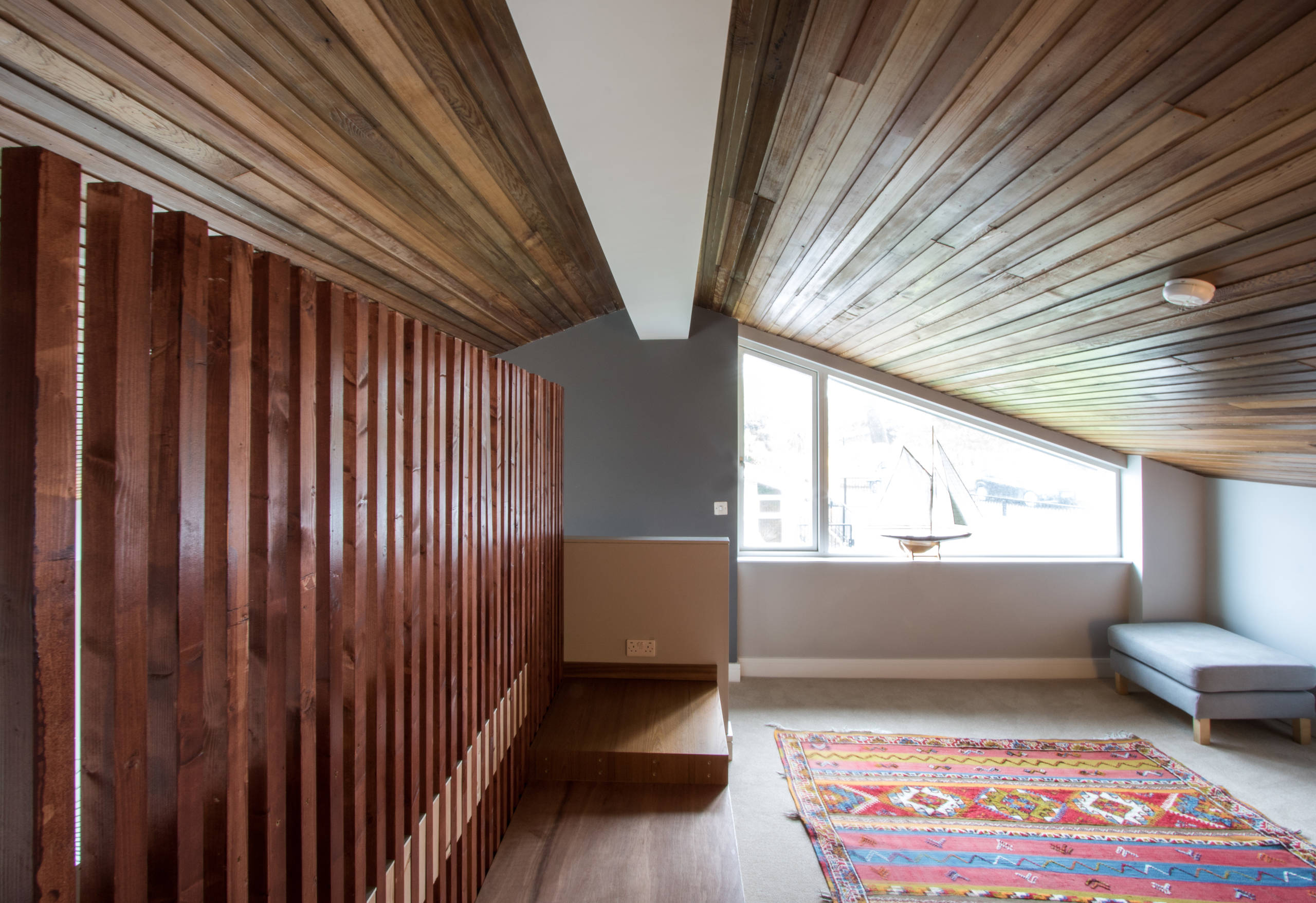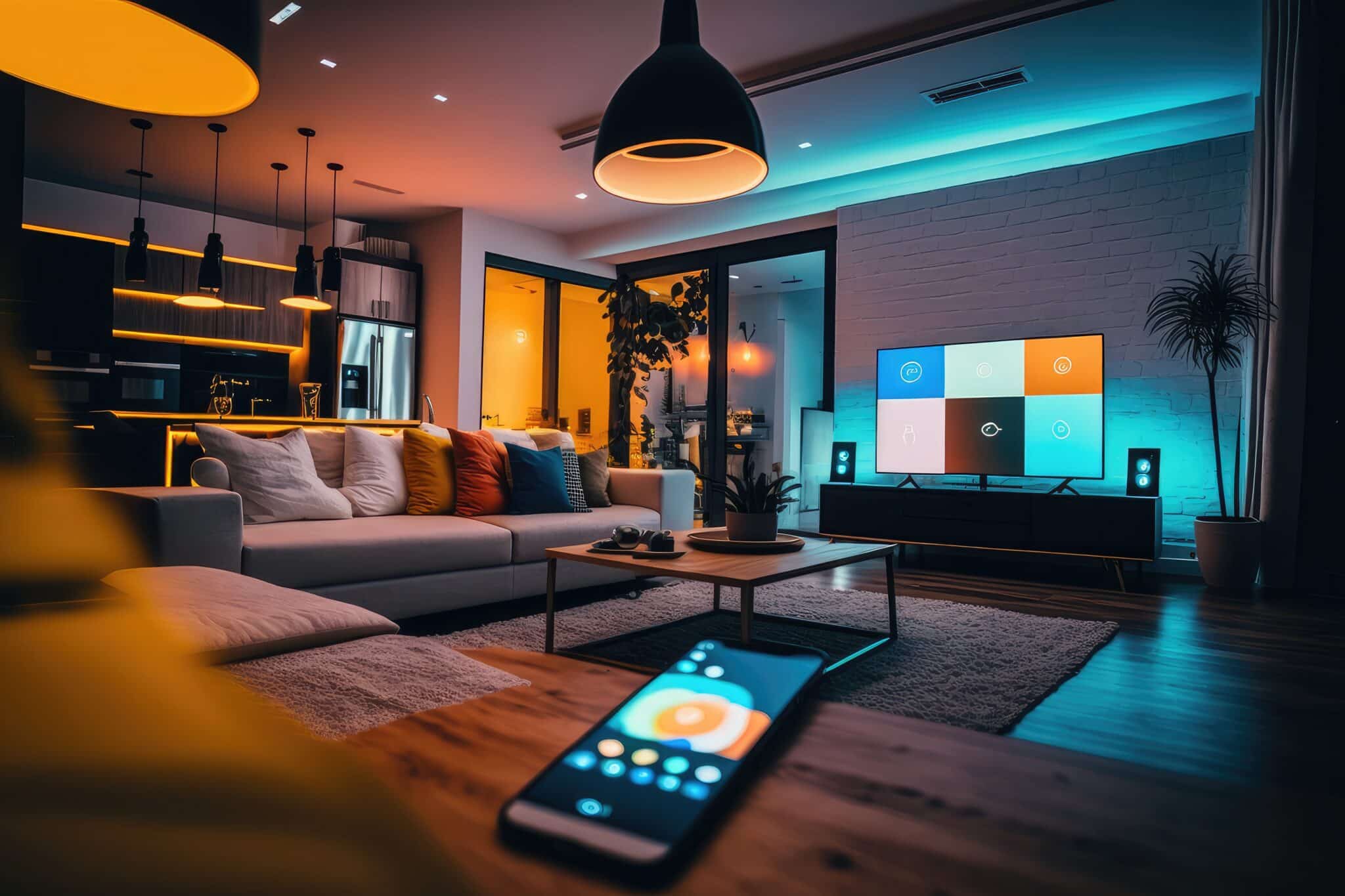Opening Hook
When Ayesha first set up her meditation room in Dubai, she thought a few candles and soft cushions would be enough to create peace. But after her first week, she confessed to a friend, “Instead of calming me, the room makes me restless—I feel like something is off.” What she didn’t realize was that lighting plays one of the most powerful roles in setting the mood for relaxation and meditation.
Think about it: when you enter a spa or a serene yoga studio, you immediately feel your shoulders drop and your breath slow. That isn’t an accident. It’s the careful use of light—its warmth, color, and intensity—that tells your body, “This is a place to let go.”
So, how do you design lighting that truly supports relaxation zones in meditation rooms? Let’s explore through stories, science, and simple steps.
1. The Psychology of Light and Calmness
Light doesn’t just help us see—it changes how we feel. Bright, white light energizes us and signals the brain to stay alert. On the other hand, soft, warm lighting slows the nervous system, much like a gentle lullaby for the eyes.

For instance, researchers from the University of Toronto found that dimmer lighting actually reduces emotional intensity, allowing people to process feelings more calmly. This explains why meditation under harsh fluorescent lights feels almost impossible—you’re fighting against your biology.
When Ayesha replaced her single overhead bulb with a dimmable lamp, she noticed that her breath naturally slowed during practice. “It was like my mind finally understood: this is a space for rest,” she said.
Read More: Mixing Traditional Pakistani Decor with Modern Design: Creating Homes with Soul and Style
2. Natural Light: The Best Teacher
Whenever possible, meditation rooms should harness natural light. Sunlight helps regulate circadian rhythms—the body’s internal clock—and lifts mood through vitamin D production.
Imagine sitting in a meditation corner at sunrise, where soft golden rays filter through sheer curtains. That gentle glow does more than create beauty; it signals the beginning of a new day, encouraging clarity and mindfulness.
In contrast, a windowless basement meditation room might need extra care. If natural light isn’t available, full-spectrum LED lights that mimic daylight can be used. They’re particularly effective in regions where sunlight is scarce, like winter months in Northern Pakistan.
Read More: Construction Insurance for Basement Projects in Pakistan: Why It Matters More Than You Think
3. Layered Lighting for Flexibility
One of the secrets to creating a relaxing atmosphere is using layered lighting. Instead of relying on a single source, combine different types to suit different moods:
- Ambient Lighting: The main source, often soft ceiling or wall lighting.
- Task Lighting: Lamps for reading or journaling before meditation.
- Accent Lighting: Spotlights or hidden LEDs that highlight artwork, plants, or an altar.
For example, in a meditation retreat in Bali, guests notice how the lights shift throughout the day. Morning sessions are held under brighter ambient lights, while evening meditations use only accent lights and candles. This subtle shift trains the mind to enter different states of relaxation.
Read More: Fire Safety Systems for Underground Levels: Protecting Lives Below Ground
4. The Role of Color Temperature
Color temperature—the “warmth” or “coolness” of light—has a profound impact on mood.
- Warm lights (2700K–3000K): Golden and cozy, perfect for relaxation and meditation.
- Neutral lights (3500K–4000K): Balanced, good for yoga or gentle stretching.
- Cool lights (5000K+): Crisp and alerting, suitable for work but not meditation.
For instance, Ayesha made the mistake of using bright white LED bulbs. While they illuminated the room clearly, they made her feel like she was in an office rather than a sanctuary. Switching to warm bulbs instantly transformed the space into a cocoon of calmness.
Read More: How to Soundproof a Kids’ Play Area
5. Candles: The Ancient Source of Serenity
Long before electricity, humans meditated and prayed by candlelight. The flickering flame has a hypnotic quality, helping the mind focus. Many meditation practitioners still use candles as a visual anchor for breathing exercises.
However, safety is important. In modern meditation rooms, LED flameless candles can offer the same soothing glow without the risk of fire. Some even come with timers and flickering effects, making them both practical and atmospheric.
One yoga instructor in Lahore shared how she keeps a single candle on her altar. “It reminds my students that meditation is about one-pointed focus—just like the flame, steady yet alive,” she explained.
Read More: Best Ceiling Fans for Low-Height Basements
6. Smart Lighting: Technology Meets Tranquility
While ancient traditions relied on fire, today we can use smart lighting to customize the meditation experience.

- Dimmable smart bulbs let you adjust brightness from your phone.
- Color-changing LEDs allow you to choose calming tones like amber, soft pink, or lavender.
- Pre-set schedules can automatically dim the lights at the same time every evening, training your body to wind down.
For instance, in a wellness center in Abu Dhabi, therapists use smart lighting to shift colors between sessions. A soft purple glow signals deep meditation, while a warm amber prepares the room for group reflection. Clients often say that the lighting alone helps them transition smoothly between mental states.
Read More: Best Wallpapers for Moist Basement Walls
7. Accents that Enhance Atmosphere
Beyond general lighting, small touches can make a meditation zone feel magical:
- Salt lamps emit a soft, amber glow while also claiming to purify air.
- Fairy lights draped around a window or mirror add a whimsical feel.
- Recessed floor lighting can guide the way without overwhelming the senses.
For example, Bilal, who converted part of his basement into a meditation room, found that a single Himalayan salt lamp transformed the space. The glow was so inviting that even his children began using the room for quiet time after school.
Read More: Basement Office Ideas – 11 Stylish Work From Home Spaces
8. Avoiding Lighting Mistakes
Sometimes, it’s not about adding light but reducing it. Common mistakes include:
- Using overhead fluorescent lights that are too harsh.
- Choosing bulbs that are overly bright and cool-toned.
- Forgetting to dim or layer lighting for flexibility.
As a result, many people feel restless instead of relaxed. Remember: in meditation rooms, less is often more. Subtle, indirect light usually works better than bold, direct illumination.
Read More: Top Pakistani Brands Offering Anti-Fungal Paints
9. Cultural and Spiritual Lighting Practices
Different cultures use light in unique ways to support meditation:
- Japanese Zen gardens favor natural sunlight filtered through rice-paper screens.
- Hindu meditation rooms often feature oil lamps (diyas) as symbols of inner awakening.
- Sufi practices sometimes use dim candlelight to encourage inward focus.
These traditions remind us that light is not just functional—it is symbolic, representing clarity, purity, and the inner journey.
Read More: Budget Gym Equipment That Fits in Tight Basement Spaces
10. Closing Thoughts: Designing Light for Inner Peace
Creating a meditation room is not just about cushions, incense, or calming music—it’s about how light shapes the entire experience. The right lighting can slow your breath, calm your mind, and prepare your spirit for stillness.
From Ayesha’s restless beginnings to Bilal’s glowing salt lamp, we’ve seen that lighting is the invisible guide in meditation rooms. Warm tones encourage peace, layers provide flexibility, and accents like candles or smart bulbs add personality.
So the next time you step into your meditation space, pause and ask: Does this light invite me to relax—or does it distract me? If it doesn’t yet whisper calmness to your soul, maybe it’s time to adjust the glow.
Call-to-Action: Experiment tonight—dim your lights, light a candle, or switch to a warmer bulb. Notice how your breath changes. Sometimes, peace begins not with silence, but with light.
🏗️ Basement Project Calculator
Latest Post
-
Basement Ceiling Ideas Hide Ductwork Smartly
Opening Hook Imagine walking into your basement in Boise, Idaho—where the ceiling is so low that you brush your head on the joists—and noticing a sleek, well-designed backdrop above you instead of exposed ductwork and pipes. That difference, thanks to smart basement ceiling ideas, transforms a cramped, unfinished area into a welcoming space for movie…
-
أفكار رائعة لأرضيات رخيصة في دبي | أفضل ٢٠ خيارًا
تخيل زوجين شابين في شقة مريحة في مرسى دبي، يخطوان حافيي القدمين على أرضية أنيقة بلمسة خشبية. غرفة المعيشة تتلألأ بضوء مسائي خافت، والأرضية تحتها لا تزال تبدو جديدة تمامًا رغم سنوات من الاستخدام – وكل هذا بميزانية محدودة. هذه هي قوة اختيار أرضيات جميلة ورخيصة في دبي: الأناقة والتوفير في آن واحد. التركيز على…
-
Beautiful Cheap Flooring Ideas in Dubai | Top 20 Picks
Imagine a young couple in a cosy apartment in Dubai Marina, stepping barefoot onto a sleek, wood-look floor. The living room glows with soft evening light, the flooring beneath still looks brand-new despite years of use—and all this on a budget. That’s the power of choosing beautiful, cheap flooring in Dubai: style and savings in…



